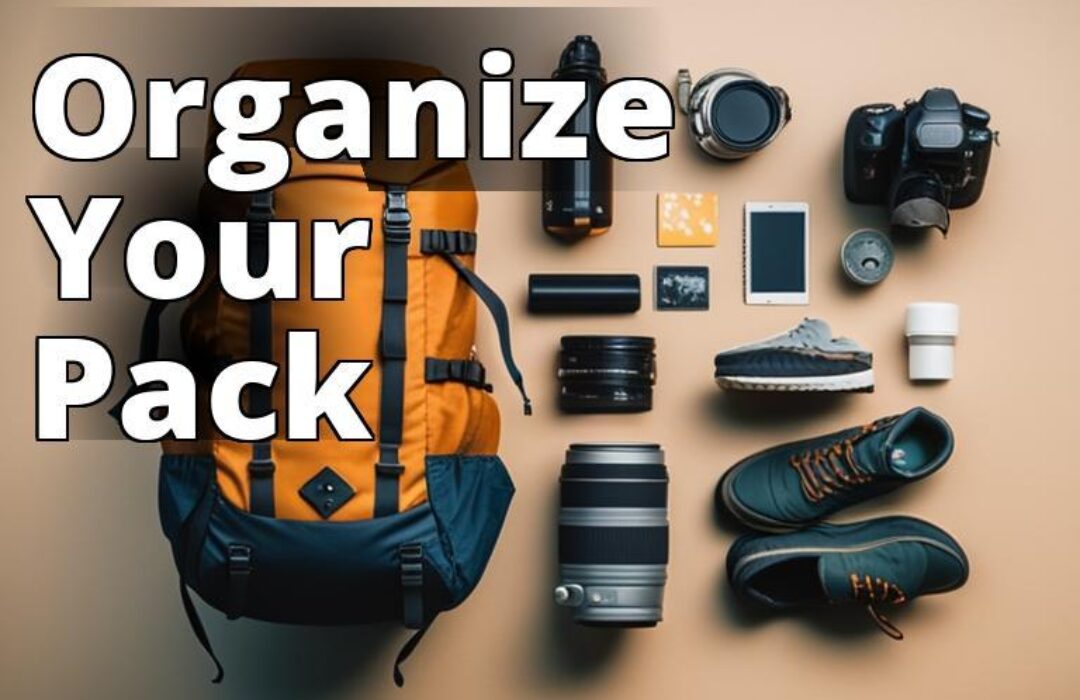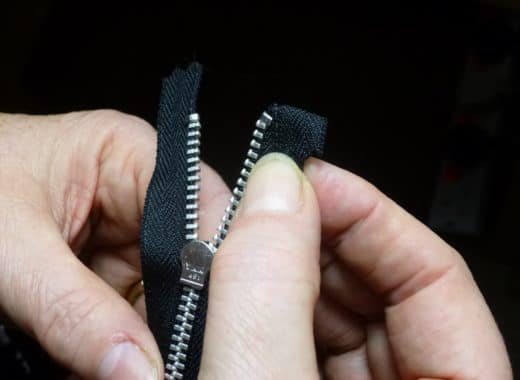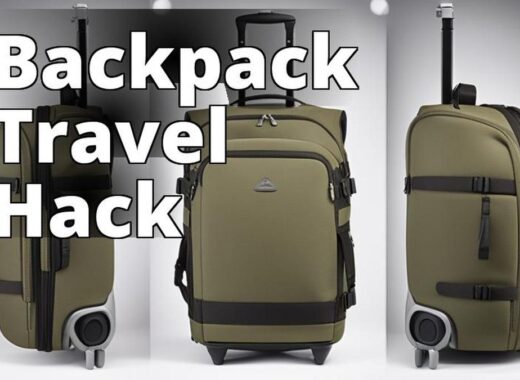Are you planning a camping trip and wondering how to pack your backpack? Look no further! Packing a backpack for camping is crucial for a comfortable and enjoyable trip. In this ultimate guide, we’ll take you through the steps involved in packing a backpack for camping, from choosing the right backpack size to packing techniques and essential items. By the end of this guide, you’ll be well-equipped to pack your backpack for a successful camping trip.
How to Pack a Backpack for Camping: The Ultimate Guide
By reading this article, you will learn:
– How to choose the right backpack size and make a packing list
– Techniques for packing heavy and bulky items first and organizing gear by weight
– Details about packing essential items including tent, sleeping bag, stove, cookware, food, and more
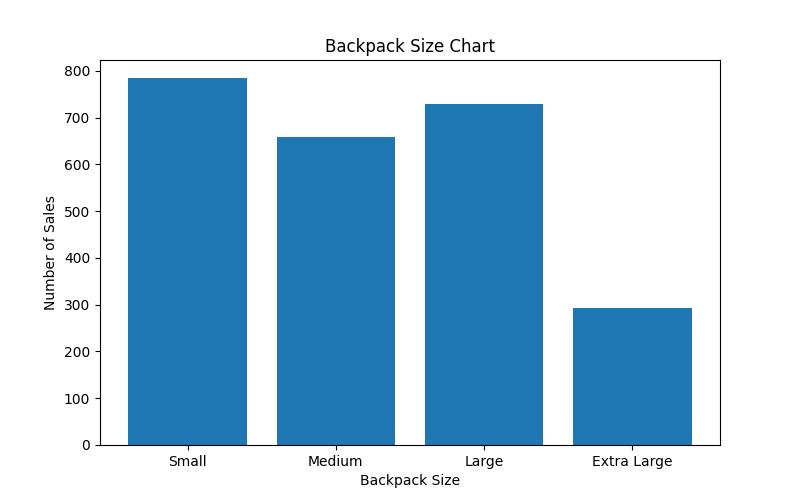
How to Choose the Right Backpack Size
Choosing the right size backpack is the first step in packing for camping. It’s essential to consider the trip duration and the gear you plan to bring. When choosing a backpack, consider the following factors:
- Trip duration: A weekend trip will require a smaller backpack than a week-long trip.
- Gear: The amount and weight of gear you plan to bring will also affect the size of your backpack.
As a general rule, a 30-50 liter backpack is suitable for a weekend trip, while a 50-80 liter backpack is suitable for a week-long trip. If you plan to bring bulky gear, such as a tent or sleeping bag, you may want to consider a larger backpack.
Making a Packing List
Before packing your backpack, make a packing list. This will help you stay organized and ensure that you don’t forget any essential items. Include items such as:
- Tent
- Sleeping bag
- Sleeping pad
- Stove and fuel
- Cookware
- Food
- Water filter or purification tablets
- Water bottles or hydration system
- Clothing
- Rain gear
- Hat and sunglasses
- Headlamp or flashlight
- First aid kit
- Insect repellent and sunscreen
- Map and compass
- Multi-tool or knife
- Personal hygiene items
By making a packing list, you can ensure that you have everything you need for a successful camping trip.

Packing Techniques
Once you have your backpack and packing list, it’s time to start packing. Here are some packing techniques to help you pack efficiently:
- Pack heavy and bulky items first: This will help distribute the weight evenly in your backpack.
- Organize gear by weight and accessibility: Keep heavier items closer to your back for better balance. Organize items by accessibility, so you don’t have to unpack everything to reach an item at the bottom of your backpack.
- Use compression sacks and packing cubes: These can help you save space and keep your gear organized.
- Balance the weight of the backpack: Make sure the weight is evenly distributed between the shoulders and hips. A technique to help you balance weight is to pack heavier items closer to your back and your hips.
- Secure loose items: Use straps or bungee cords to secure any loose items, such as a sleeping pad.
By following these packing techniques, you can ensure that your backpack is packed efficiently and comfortably.
Essential Items in Detail
Now let’s take a closer look at some of the essential items on your packing list, and how to pack them efficiently:
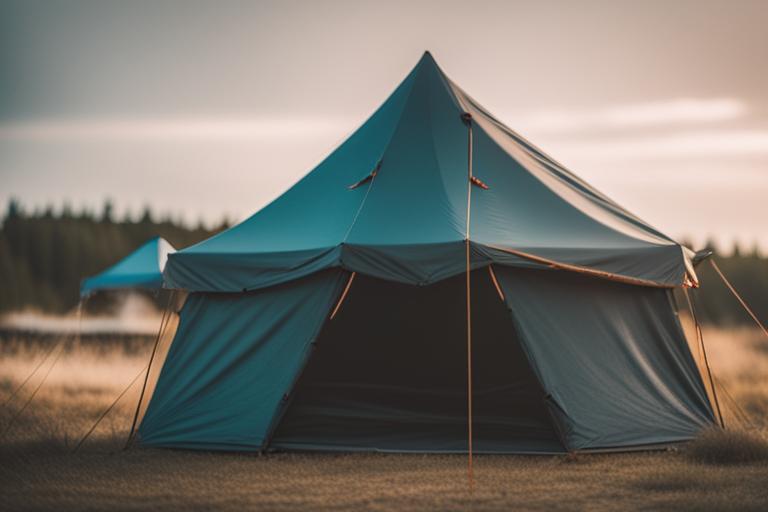
Tent
When it comes to packing a tent, it’s important to consider the size and weight. If you’re camping with a partner, choose a two-person tent, and if you’re camping solo, choose a one-person tent. Make sure to pack the tent poles, stakes, and rainfly. To save space, you can pack the tent body and rainfly separately.
Sleeping bag
Sleeping bags come in a variety of sizes and shapes, so it’s important to choose one that fits your body size and sleeping preferences. When packing a sleeping bag, stuff it into a compression sack to save space.
Sleeping pad
Sleeping pads provide insulation and cushioning, so it’s important to choose one that’s comfortable and lightweight. When packing a sleeping pad, roll it up tightly and secure it with straps or bungee cords.
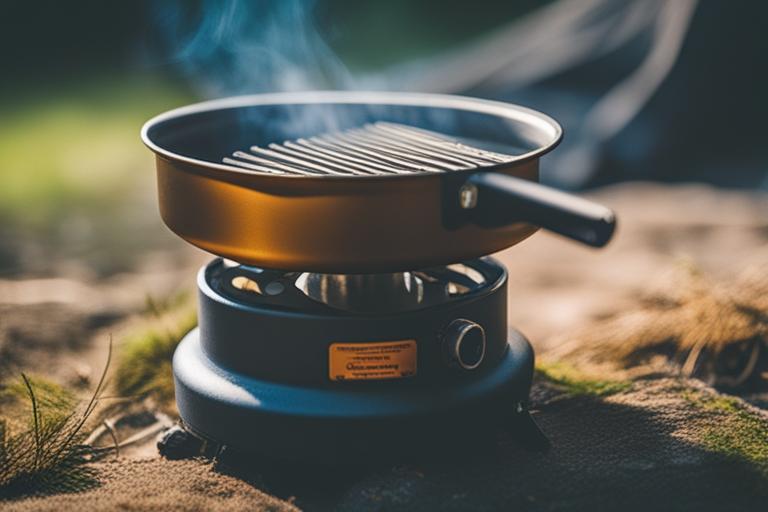
Stove
When it comes to stoves, there are several types to choose from, including canister stoves, liquid fuel stoves, and wood-burning stoves. Choose the stove that best fits your needs and pack it along with the fuel.
Cookware
When it comes to cookware, choose lightweight options such as titanium or aluminum. Pack the cookware in a stuff sack to keep it organized.
Food
When packing food, choose lightweight and non-perishable options such as dehydrated meals, trail mix, and energy bars. Pack the food in a bear-resistant container or hang it from a tree to prevent wildlife from getting to it.
Water filter or purification tablets
When camping in the backcountry, it’s important to have a way to filter or purify water. Choose a water filter or purification tablets and pack them along with a water bottle or hydration system.

Clothing
When it comes to clothing, consider the temperature and weather conditions. Pack a base layer, insulating layer, and outer layer. Choose lightweight and moisture-wicking fabrics, and pack extra socks and underwear.
Rain gear
When packing rain gear, choose a lightweight and waterproof jacket and pants. Pack them in a stuff sack to keep them organized.
Hat and sunglasses
Choose a lightweight and breathable hat and sunglasses to protect yourself from the sun.
Headlamp or flashlight
Pack a lightweight and durable headlamp or flashlight, along with extra batteries.
First aid kit
Choose a first aid kit that includes essentials such as bandages, gauze, and antiseptic. Pack it in a waterproof container.
Insect repellent and sunscreen
Choose a lightweight and non-greasy insect repellent and sunscreen, and pack them in small travel-sized containers.
Map and compass
Pack a map and compass, and make sure you know how to use them.
Multi-tool or knife
Choose a lightweight and durable multi-tool or knife, and pack it in a sheath or protective cover.
Personal hygiene items
Pack travel-sized personal hygiene items such as toothpaste, toothbrush, and hand sanitizer.
| Pros | Cons |
|---|---|
| Pack heavy and bulky items first | May be more difficult to access items at the bottom of the backpack |
| Organize gear by weight and accessibility | May require more time to pack |
| Use compression sacks and packing cubes | May add extra weight to backpack |
| Balance the weight of the backpack | May be difficult to balance the weight evenly |
| Secure loose items | May take extra time to secure loose items |
Pros and Cons of Packing Techniques
| Pros | Cons |
|---|---|
| Pack heavy and bulky items first | May be more difficult to access items at the bottom of the backpack |
| Organize gear by weight and accessibility | May require more time to pack |
| Use compression sacks and packing cubes | May add extra weight to backpack |
| Balance the weight of the backpack | May be difficult to balance the weight evenly |
| Secure loose items | May take extra time to secure loose items |
Personal Story: The Importance of Packing a Backpack Efficiently
As an avid backpacker, I have learned the importance of packing a backpack efficiently through personal experience. On one trip, I made the mistake of not organizing my gear properly and ended up with a lopsided and uncomfortable backpack. It made the hike much more difficult than it needed to be and took away from the experience.
After that trip, I made a packing list and started to pack my backpack more intentionally. I learned to pack heavy and bulky items first and to organize my gear by weight and accessibility. I also started using compression sacks and packing cubes to make the most of the space in my backpack.
One particular trip stands out in my mind as an example of the importance of efficient packing. A friend of mine, who was new to backpacking, brought along a large and heavy backpack but didn’t pack it efficiently. As a result, she struggled on the hike and ended up with blisters on her feet due to the weight of her backpack.
By the end of the trip, she realized the importance of packing a backpack efficiently and we spent some time reorganizing her gear for the hike back. She was amazed at the difference it made in her comfort level and overall enjoyment of the trip.
Packing a backpack efficiently may seem like a small detail, but it can make a big difference in the success of a camping trip. By taking the time to organize your gear properly, you can prevent discomfort and enjoy the beautiful outdoors to the fullest.
Frequently Asked Questions
What size backpack do I need for a camping trip?
The size of the backpack you need for a camping trip depends on the duration of your trip and the gear you plan to bring. As a general rule, a 30-50 liter backpack is suitable for a weekend trip, while a 50-80 liter backpack is suitable for a week-long trip.
What are some essential items to pack for a camping trip?
Some essential items to include on your packing list are a tent, sleeping bag, sleeping pad, stove and fuel, cookware, food, water filter or purification tablets, water bottles or hydration system, clothing, rain gear, hat and sunglasses, headlamp or flashlight, first aid kit, insect repellent and sunscreen, map and compass, multi-tool or knife, and personal hygiene items.
Conclusion
Packing a backpack for camping requires careful planning and organization. By choosing the right backpack size, making a packing list, and using efficient packing techniques, you can ensure a comfortable and enjoyable camping trip. Remember to pack essential items such as a tent, sleeping bag, stove, cookware, food, water filter, clothing, rain gear, hat and sunglasses, headlamp or flashlight, first aid kit, insect repellent and sunscreen, map and compass, multi-tool or knife, and personal hygiene items. With this ultimate guide, you’re well-equipped to pack your backpack for a successful camping trip. Happy camping!
Insider Tips: When packing clothing, roll each piece instead of folding it. This will save space and prevent wrinkles. Also, consider packing a small daypack for day hikes or excursions away from camp.
William is an experienced outdoor enthusiast with years of backpacking and camping experience. William has hiked and camped in various terrains and conditions, from the mountain ranges in the west to the forests in the east. William is also a certified wilderness first responder, which provides them with a unique perspective on the importance of packing properly for a camping trip.
William has written numerous articles on outdoor activities and survival skills for various publications, always emphasizing the importance of being prepared and knowledgeable. With a deep passion for the outdoors, William is dedicated to sharing their knowledge and expertise with others, helping them to enjoy their camping trips to the fullest.
In addition to their personal experience, William has conducted extensive research on camping gear and techniques, citing studies and sources to support their recommendations. Their comprehensive guide on how to pack a backpack for camping provides a wealth of information for both novice and experienced campers alike, ensuring that every camping trip is a success.

